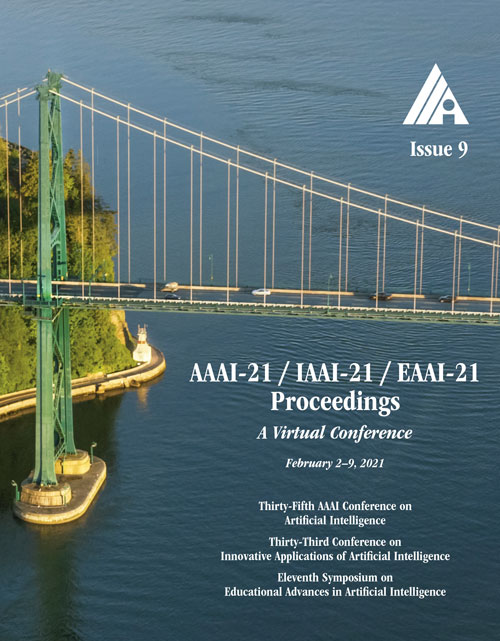Learning Intact Features by Erasing-Inpainting for Few-shot Classification
DOI:
https://doi.org/10.1609/aaai.v35i9.17021Keywords:
Transfer/Adaptation/Multi-task/Meta/Automated Learning, Object Detection & CategorizationAbstract
Few-shot classification aims to categorize the samples from unseen classes with only few labeled samples. To address such a challenge, many methods exploit a base set consisting of massive labeled samples to learn an instance embedding function, i.e., image feature extractor, and it is expected to possess good transferability among different tasks. Such characteristics of few-shot learning are essentially different from that of traditional image classification only pursuing to get discriminative image representations. In this paper, we propose to learn intact features by erasing-inpainting for few-shot classification. Specifically, we argue that extracting intact features of target objects is more transferable, and then propose a novel cross-set erasing-inpainting (CSEI) method. CSEI processes the images in the support set using erasing and inpainting, and then uses them to augment the query set of the same task. Consequently, the feature embedding produced by our proposed method can contain more complete information of target objects. In addition, we propose task-specific feature modulation to make the features adaptive to the current task. The extensive experiments on two widely used benchmarks well demonstrates the effectiveness of our proposed method, which can consistently get considerable performance gains for different baseline methods.Downloads
Published
2021-05-18
How to Cite
Li, J., Wang, Z., & Hu, X. (2021). Learning Intact Features by Erasing-Inpainting for Few-shot Classification. Proceedings of the AAAI Conference on Artificial Intelligence, 35(9), 8401-8409. https://doi.org/10.1609/aaai.v35i9.17021
Issue
Section
AAAI Technical Track on Machine Learning II

